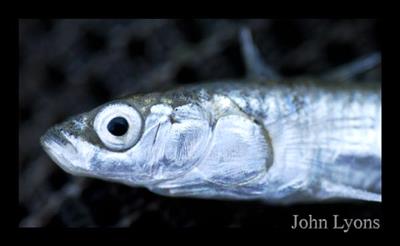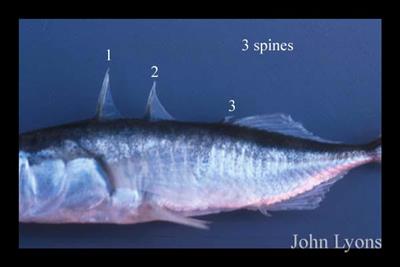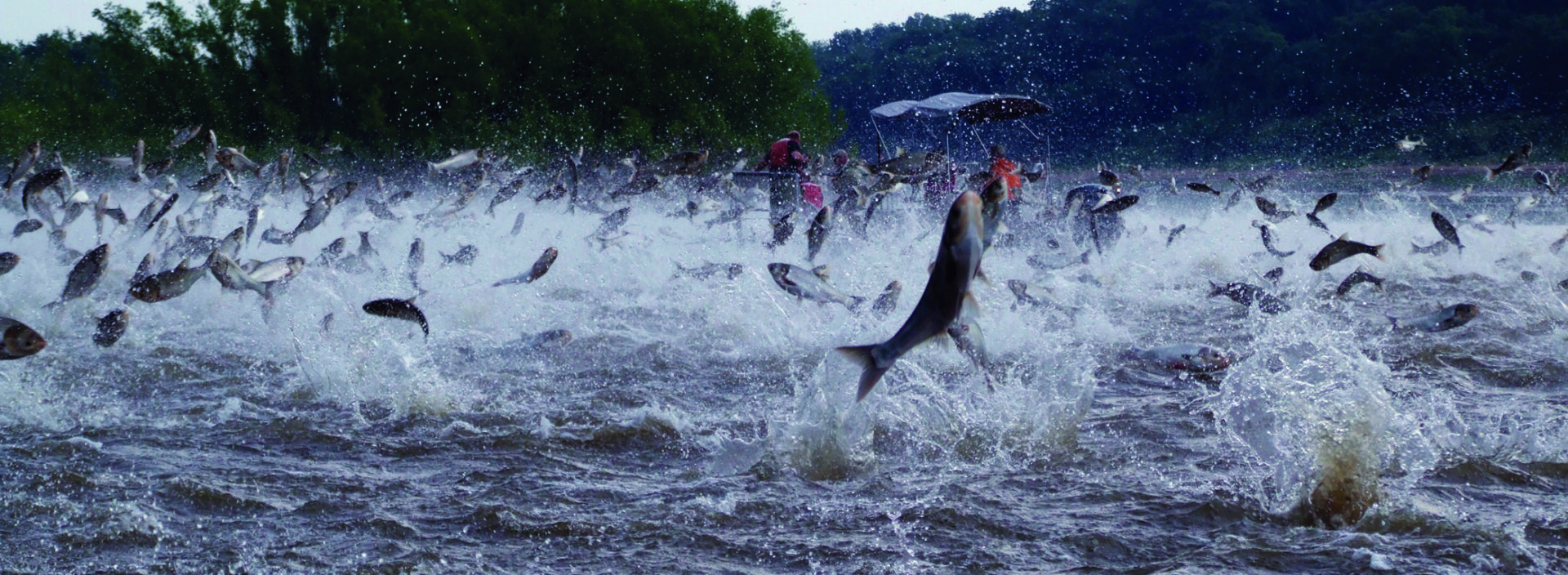[su_row][su_column size=”1/2″ center=”no” class=””] [/su_column] [su_column size=”1/2″ center=”no” class=””]
[/su_column] [su_column size=”1/2″ center=”no” class=””] [/su_column] [/su_row]
[/su_column] [/su_row]
Where did the threespine stickleback come from?
The threespine stickleback is native to both coasts of the U.S. as well as Lake Ontario. It spread into Lake Michigan in the early 1980s, most likely as a result of ballast water, canals and bait-bucket transfers. It is now established in the other Great Lakes.
Why is it a problem?
This invasive stickleback eats the eggs and larvae of native fish. It also competes with them for food and habitat. Additionally, the threespine stickleback may hybridize with native sticklebacks.
What does the threespine stickleback look like?
- Three stout dorsal spines, the first two longer than the third (see second photo)
- Adults are up to 4 inches long
- The body is silvery with dark mottling and scaleless with bony plates
- Breeding fish are colorful and defend their nests
How can we distinguish it from native species?
The native brook stickleback (Culaea inconstans) has 5-6 short dorsal spines, and the ninespine stickleback (Pungitius pungitius) has the expected nine short dorsal spines.
What habitat does it prefer?
The threespine stickleback can live in both salt and fresh water. It chooses shores of larger lakes and shallow, sandy and weedy areas in rivers, streams and ponds.


